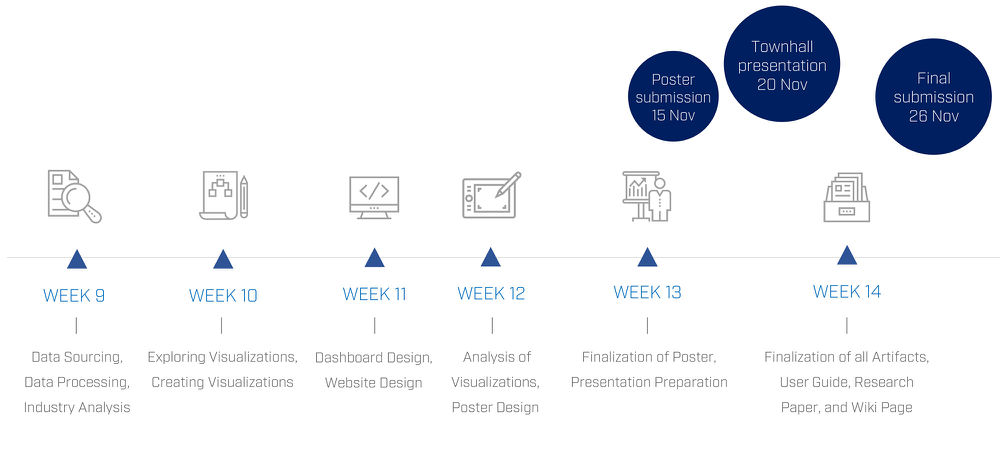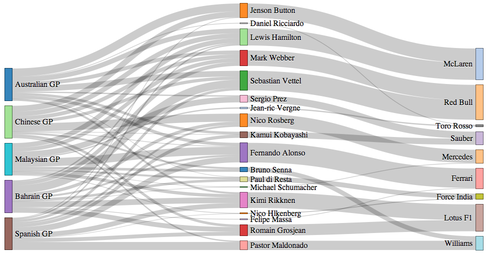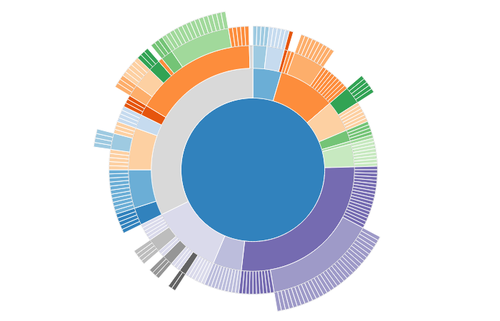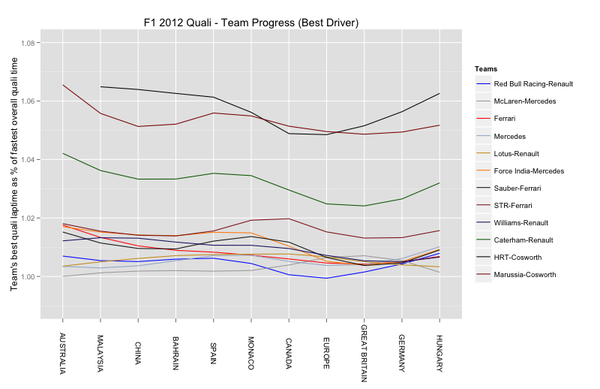Difference between revisions of "1718t1is428T14/Proposal"
| Line 77: | Line 77: | ||
[[File:vrvr7.jpg|400px]] | [[File:vrvr7.jpg|400px]] | ||
<br/><br/> | <br/><br/> | ||
| − | + | [[File:teamvroom.jpg|700px]] | |
| − | |||
| − | |||
| − | |||
<br/><br/><br/> | <br/><br/><br/> | ||
[[File:vrvr8.jpg|400px]] | [[File:vrvr8.jpg|400px]] | ||
Revision as of 16:24, 23 November 2017
![]()
Formula One, better known as F1, is the highest class of racing for open-wheel automobiles that is sanctioned by the Fédération Internationale de l'Automobile (FIA),the governing body of motor sports. Open-wheel cars are cars with wheels outside of the main body, of which F1 cars are the most well-known. With their powerful engines and lightweight, aerodynamic bodies, F1 cars are capable of speeds of up to 375 km/h and are one of the fastest in the world in terms of acceleration, cornering, and overall lap times around a road circuit.
Held annually since 1950, the FIA Formula One World Championship is a race series that garners a massive base of fans and spectators, and has become one of the most coveted automotive events and spectator sports of all time. Each F1 championship, known as a "season", consist of approximately 20 races, each known as a "Grand Prix", held in circuits in different countries all over the world. The results of each race are tabulated in a points-based system to determine two annual Championship winners, one among drivers and one among constructors(teams).
Victory in F1 races is worth addressing as the F1 industry has grown to become a multi-billion-dollar industry, with a huge viewership and fan-following worldwide. It is also the hallmark of innovation in automotive technology and engineering - for example, the Kinetic Energy Recovery System which harnesses wasted energy for a power boost - and its continued success and expansion paves the way for technological development, even beyond the automotive industry.
![]()
Our project aims to provide insights to F1 drivers and constructors (teams) by generating comprehensive visual data representations, segmented by the various factors that affect victory in an F1 Grand Prix (based on historical data) to help teams generate more effective strategies to increase their likelihood of victory.
![]()
Our project will be using datasets from online sources which track and list fundamental information such as lap times and pit stop times, available on websites such as statsf1.com. We will also transcribe the data to our own Excel spreadsheets and process them to sieve out important information.
Our project will analyze the following attributes from the datasets:
- Drivers
- Grand Prix Locations each Season
- Lap times
- Pit stop times
- Pit stop strategies
- Budgets
- Constructors
- Final results
Our approach to this problem is to first define a professional F1 driver's journey through an F1 season, which lasts for about 20 Grand Prix races. We will then create easily-understood visual data representations to link the above attributes to the victory rates of drivers and constructors, with the aim of allowing the audience to easily deduce the best strategies and other factors that is most likely to help them achieve victory in a race or in an entire season. This may be separated not only into specific sets of races (e.g. best strategy to win 1 race vs. best strategy to win an entire season), but also into specific locations (best strategy on Monaco Grand Prix circuit), budget availability, etc. In addition, it may even include a combination of factors (best strategy to win a race in Monaco Grand Prix given a budget of approximately $100 million). The user of the final resulting program will be able to select the factors according to his current situation and/or the driver or constructor whose performance he is interested in assessing.
In addition, research will be done to supplement the best strategies and find out why they have historically led to the greatest number of victories. This will help the user to understand what leads to such victories, hence extending the purpose of our visualizations beyond mere data - they will also help the user to tailor the strategies to their own needs to reflect other factors which may not be included in our project, or discover new strategies based on the data that we have analyzed.
![]()
| Potential Challenge | Proposed Solution |
|---|---|
| Finding and processing all the data | If some data are unfeasible, make them optional and narrow down the scope |
| Unfamiliarity with Technicalities of F1 | Peer learning from the member most knowledgeable about F1 |
| Website creation and animations | Reference to other websites and learning of D3.js specifically by one member |
| Visualization | Description |
|---|---|
|
|
This visualization is designed to show the flow within a system, with its lines differing in thickness according to the value of specific variables. In this case, the visualization shown links the drivers to the GP they raced in and the teams they belong to. The thickness of the lines denotes the amount of points received - for example, the driver with the thickest connecting lines has scored the most points across the GPs. It is also a simple and effective way to visually represent which drivers belong to which teams and participated in which GP, and their corresponding points earned for the respective teams and in each GP. |
|
|
The sunburst diagram is able to separate data categories in a system into hierarchies in the form of outward-expanding rings. This can be used in our project to make data selection easier. For example, one of the inner ring layers could represent teams, and the next layer represents its drivers, followed by lap times and tyre strategies and so on. This allows the user to easily select the data they wish to view. |
|
|
The basic line graph is an effective way to plot the relationship between two variables. This can be used in our project, for example to plot the victory rate of teams against their budgets, to derive insights such as the effect that a higher budget has on the likelihood of a team's victory in GPs and/or seasons. In addition, it could serve a predictive purpose, such as by means of linear extrapolation to predict the victory rate if the budget was increased beyond the highest available in the datasets (assuming the variables in question have a reasonably high linear correlation). |

![]()
Understanding F1 Racing: https://www.formula1.com/en/championship/inside-f1/understanding-f1-racing.html
F1 Lap Times: http://www.statsf1.com/
F1 Strategy and Pit Stops: https://www.f1fanatic.co.uk/statistics/
Average costs of running an F1 Team: https://www.highcharts.com/blog/post/172-formula-1/
F1 Budgets, 2016: http://thenewswheel.com/what-did-formula-1-teams-spend-in-2016/2016-f1-team-spending/
F1 Budgets, 2015: http://bleacherreport.com/articles/2597997-f1-team-budgets-which-teams-got-the-best-value-for-their-money-in-2015
F1 Budgets, 2014: http://www.circusf1.com/2014/02/f1-2014-budget-e-dipendenti-dei-team-di-formula-1.php
F1 Budgets, 2013: http://bleacherreport.com/articles/1875408-red-bull-and-lotus-got-the-most-value-for-their-money-in-the-2013-f1-season



